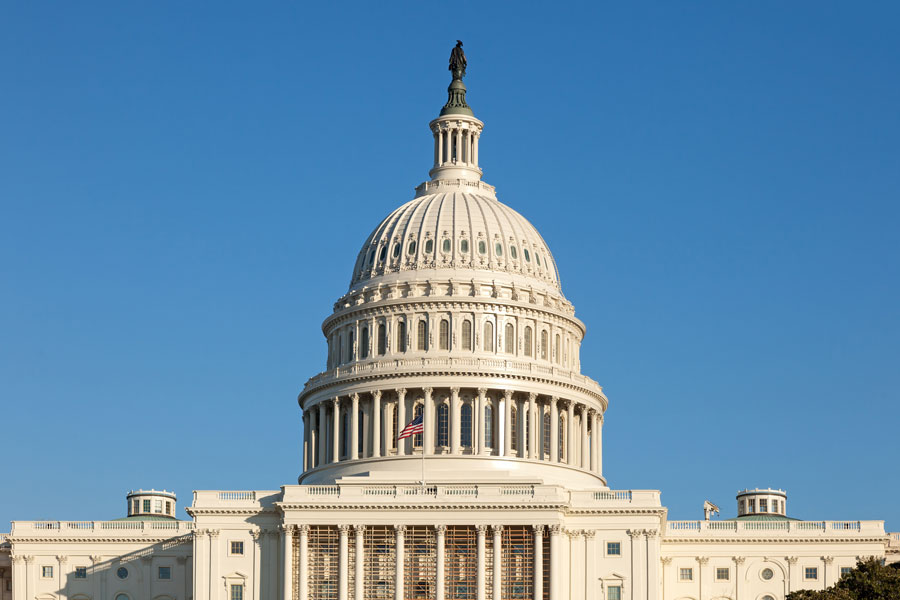HELENA — Montana’s recent population boom will let the state regain the second U.S. House seat it lost nearly 30 years ago, according to U.S. Census Bureau figures released Monday.
With over 1 million people, the state’s current at-large congressional district is the most populous in the U.S. and is second only to Alaska’s in geographic size.
Growing from one to two seats, Montana will go from being the least represented state in the union — with close to a million people in the single congressional district in 2010 — to the most well-represented. The state now has just over half a million state residents per representative after the 2020 census, significantly lower than the national average population per representative of 760,000.
Montana was one of six states to gain an additional U.S. House seat along with Texas, Colorado, Florida, North Carolina and Oregon. Texas gained two seats while the other states received one new seat.
Montana’s growth has been led by towns known for their proximity to outdoor recreation, including Bozeman, Missoula and Kalispell. The overall population has grown to over 1.08 million — about a 10% increase.
The state had two congressional districts until it lost one after the 1990 census, as population growth stagnated during the 1980s. The at-large district has been held by Republicans consecutively for more than two decades.
Montana is the first state to regain a lost congressional seat since Tennessee following the 1980 census.
Even in a state dominated by the Republican Party, which controls the governor’s office, the state House and Senate, and one of the state’s U.S. Senate seats, the second U.S. House seat is not guaranteed to favor the GOP.
The task of drawing Montana’s congressional districts will fall on the state’s redistricting commission, a non-partisan body of five members — two appointed by Republicans, two by Democrats and a chairperson appointed by the state Supreme Court.
Commissioner Kendra Miller, a Democratic appointee, said the commission is likely to face significant political pressure as the process of redistricting begins.
The commission will take public input, but Miller said a return to the previous configurations, which divided the state into eastern and western districts, is unlikely. The population in the western part of the state, which includes Kalispell, Missoula, and the state capital of Helena, has grown more rapidly than the population in eastern Montana.
“That old map just isn’t going to work,” Miller said. “The whole premise of redistricting is that we’re equalizing population for fair representation.”
Former Montana Rep. Pat Williams, a Democrat who served in the U.S. House from 1979 to 1997, including when the state still had two House seats, urged the commission to consider a return to the east-west divide, saying there is an “obvious separation of interest between eastern and western Montana.”
Several mountainous communities in western Montana lean liberal, including Bozeman and Missoula, while the plains in the eastern part of the state lean conservative. The old Western district often favored Democrats while the eastern district favored Republicans.
But no matter how the districts are drawn, Williams said the second seat would doubling the state’s presence on House committees.
“I served when we had two and I also served when we had one and two’s twice as good,” he said.
Republican political leaders in the state, including Gov. Greg Gianforte, Senate President Mark Blasdel and House Majority Leader Sue Vinton, all celebrated the news and called for the commission to avoid partisan gerrymandering.
“It’s critical we avoid the traps of partisanship and gerrymandering as our new district lines are drawn. Our new districts should be compact, keep our communities together, and make common sense,” Gainforte said in a statement.
Sandi Luckey, director of the Montana Democratic Party, also called for the districts to be drawn to ensure that competition for the new seat remains fair.
“To make sure this office truly reflects the will of all Montanans we must redouble our efforts to protect all eligible Montanans’ right to access the ballot box,” she said in a statement.
While population projections had long indicated Montana would gain a second seat after the 2020 census, the coronavirus pandemic threatened to derail the counting effort. The U.S. Census Bureau suspended field operations in Montana between March and early May, and operations were further delayed on the state’s eight Indian reservations, hit hard by the pandemic.
Former Gov. Steve Bullock, a Democrat, allotted over $1 million in federal coronavirus relief funding to boost the state’s counting efforts last summer, supporting work by nonprofit organizations and volunteers to reach every household in the vast and rural state.
Republican Rep. Matt Rosendale, the state’s lone representative in the U.S. House, welcomed the announcement.
“Even though I will no longer be the lone representative from the state of Montana, this is a great opportunity for the state. Having another member in our delegation makes us that much more powerful and it means we will have representation on more committees that are important to our state,” he said.
